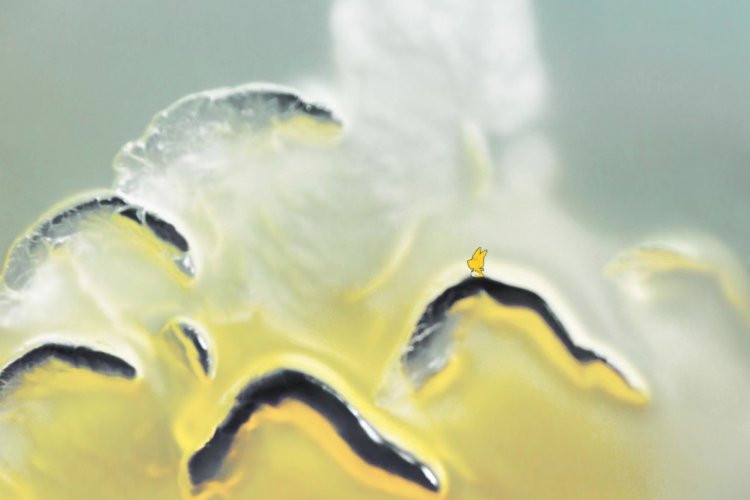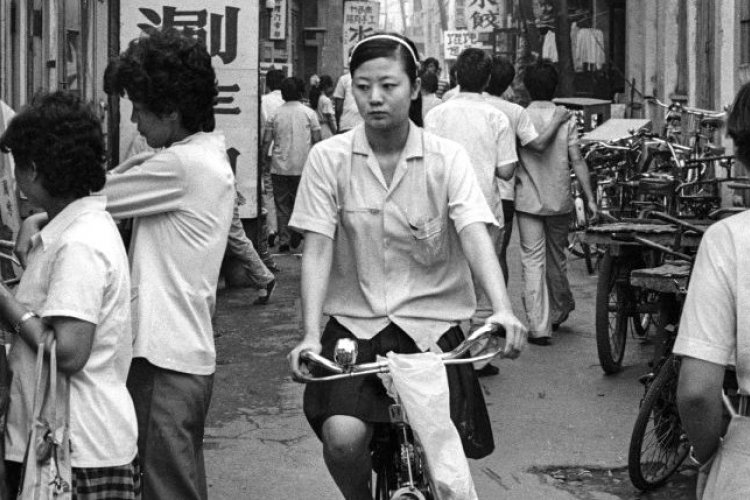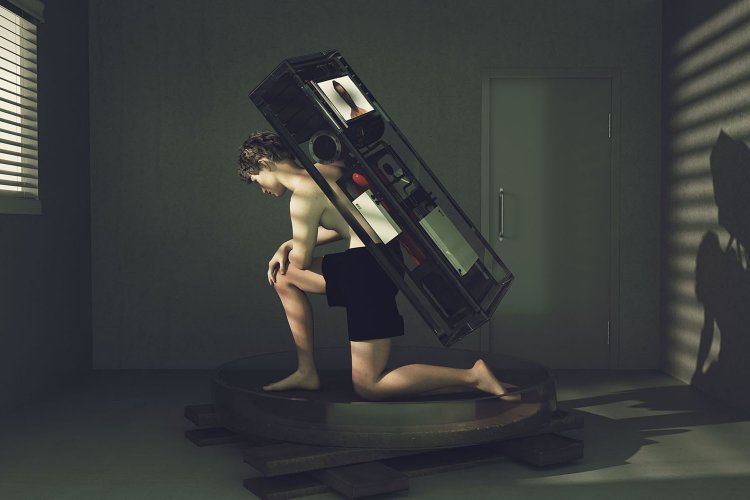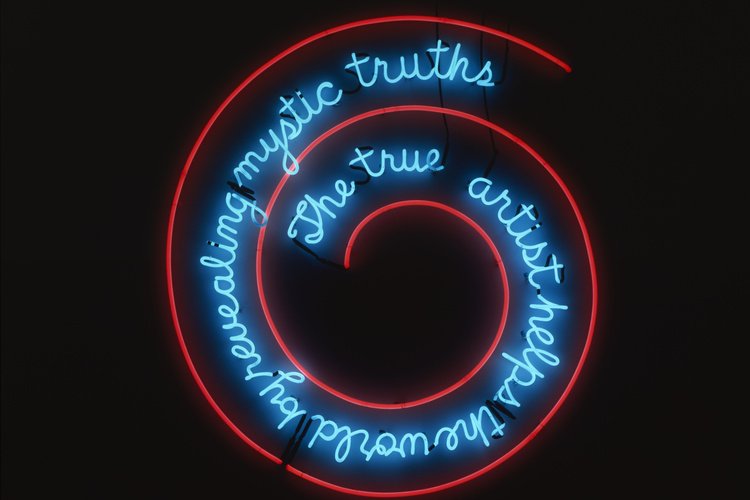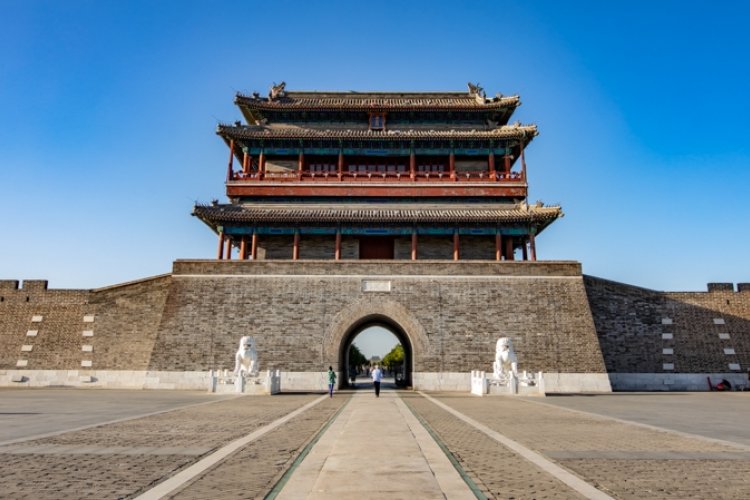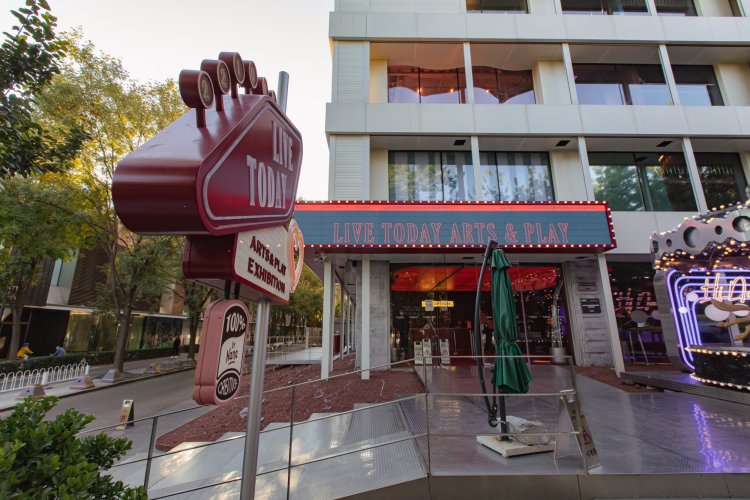Explore Man-Made Desire Through the Photography of Mika Ninagawa
If you are not familiar with the photographic work of Mika Ninagawa, her extravagant pieces will make for quite the impression upon a first viewing. Bold and covered with bright colors, her images of flowers and animals explore the idea of man-made desire to meet unrealistic beauty standards.
As a predominant photographer in Japan, she became a leader of Japan’s “Girly Photo” movement in the mid ‘90s. She has since become a much-celebrated pop icon figure with a fine balance between art and commercial work.

Interestingly enough, Ninagawa has worked in China quite a bit – you might recognize her portraits of Chinese celebrities like Zhang Ziyi and Lin Zhiling. She is also active on Chinese social media, with her Douyin videos that feature her trying out bizarre Chinese snacks garnering the most views.
With such a following in the country, a trip to China is expected. Beijing Times Art Museum has prepared the largest comprehensive exhibition of Ninagawa's work over the past 20 years. According to the artist, the exhibition works to demonstrate a new shift in her approach: “Anger and desire are two of my biggest themes. I often feel contemplative and have developed a survival instinct to create. But Covid has made me realize how fragile human life is, and my work has adapted a more gentle touch.”
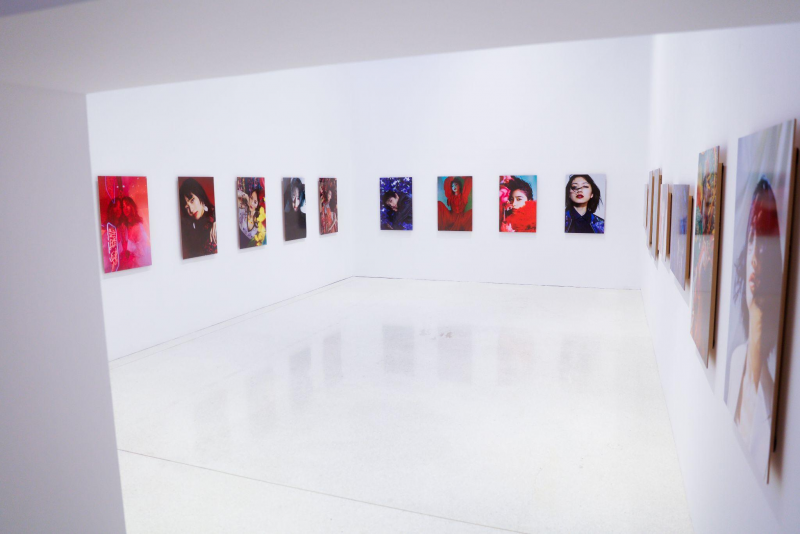
Upon entering the exhibition, you’re greeted by an introduction video by Ninagawa. On the right side of the entrance you’ll find her past works in chronological order, from fashion to exhibition to film work. Like her acclaimed theater director father, Yukio Ninagawa, she is already a celebrated artist.
The whole exhibition is made of 12 sections, including almost 700 pieces of her work. Below, I list some of the exhibition's best sections to check out in order to better understand the artist.

Father
To understand Ninagawa, one can’t overlook her family influence. She grew up with a larger-than-life father who not only directed and acted, but produced some of the best Japanese productions of Shakespeare. This section is a documentation of memories of last moments spent with her father on his deathbed. The images consist of lots of sakura trees and window shots, with nearly faded colors, which is very unlike her. She was in mourning.
The father-daughter relationship is peculiar and meaningful. Ninagawa's father allegedly told her to “be a woman that can leave a man anytime,” and said to her, “Don’t be fooled by men, trick them instead.” It was almost as if he was training her to distrust men. This seems to have led Ninagawa to develop a very specific understanding of heterosexual relationships, which has obviously shaped her values and work style.

Sakura and Imaginary Garden
Like many Japanese artists, Ninagawa has a special obsession with sakura, or cherry blossoms. Sakura were her first subject, and they are still a recurring theme 20 years later. She shoots sakura every year. The trees can live up to 100 years, but the flowers only bloom for a week. In this way, sakura symbolize tragic beauty, becoming ever more important since her father’s death. In a similar way of describing the fragility of life, butterflies are also an important motif in Ninagawa's work, and in this same section you can find them climbing on tombstones covered by fake flowers.

Liquid Dreams
Goldfish hold significance in Ninagawa's work because they are a man-made species. The motif also appears in her film Sakuran as a means of describing prostitutes in ancient Japanese society: individuals created for and trapped by human desire. In this exhibition, most goldfish pictures are atop all black walls, giving the pieces an eerie feeling.

Self-Image
This section, dedicated to displaying Ninagawa’s self-portraits, is, in my opinion, the most impressive of all. Though by today’s standards some of the pieces seem Instagram-y, standing amongst the black and white self-portraits, you can feel an outpouring of personal desire and longing. This section is more intimate than her other works.

If you want to come prepared, I recommend you watch her film works, Sakuran and Helter Skelter, to get a deeper immersion of Ninagawa’s work. This way, you can better embrace her thoughtful photographic creations.

Into Fiction/Reality: Mika Ninagawa is co-organized with Lucky Star Overseas International and Tomio Koyama Gallery, and will be on display until Jun 19 at Beijing Times Art Museums. Opening hours are every day from 10am to 10pm (the ticket office closes at 9.30 pm). Tickets are RMB 98 for a single pass on the weekdays, RMB 148 for weekend and weekdays.
READ: State of the Arts: Six Exhibitions to Welcome Spring (and Summer)
Images: Rachel Zheng, Beijing Times Art Museum


